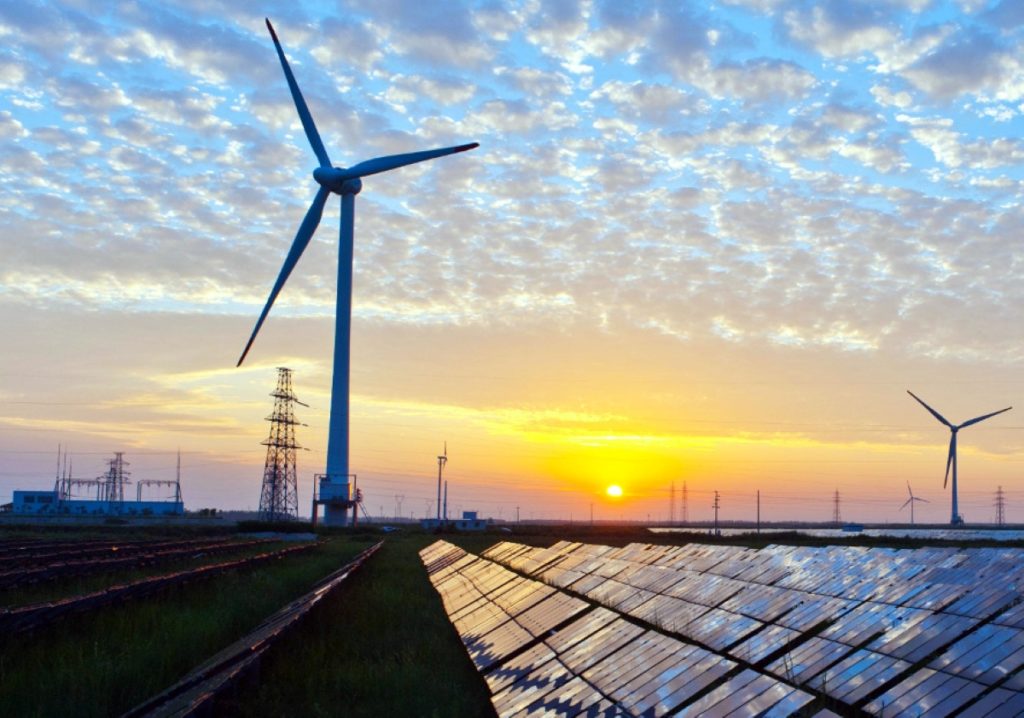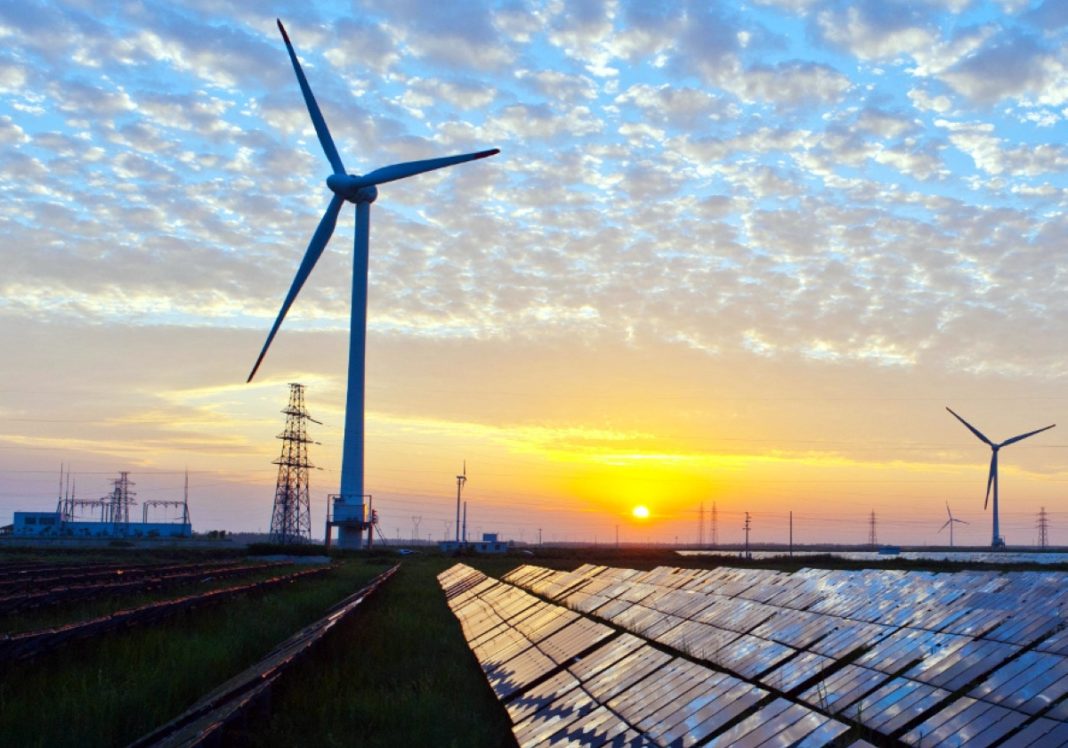The Khavda Park is a wind-solar hybrid, meaning it will utilize both solar panels and wind turbines to generate electricity. This dual approach maximizes energy production by harnessing power from the sun and wind, providing a more consistent and reliable energy source compared to solely relying on one type of renewable energy.

Adani Green aims to develop a staggering 30 gigawatts (GW) of clean energy at Khavda. This translates to roughly 81 billion units of electricity generated annually, enough to power over 16 million homes and prevent an estimated 58 million tonnes of carbon dioxide emissions each year. This significant reduction in greenhouse gases contributes to India’s national carbonization goals.
The project is not without its critics. Environmentalists have expressed concerns about the potential impact on the surrounding ecosystem, particularly in the Rann of Kutch desert region where the park is being built. They emphasize the need for significant reductions in fossil fuel reliance alongside renewable energy projects.
Currently, 70 percent of the country’s electricity needs are met with coal. Estimates suggest that India will likely grow at six percent over the near future and will see its urban populations rise. India cannot rely on fossil fuels for its burgeoning needs without disastrous consequences for efforts to tackle the climate crisis. In an ideal world, all this energy would come from renewable sources.
According to the Internet















